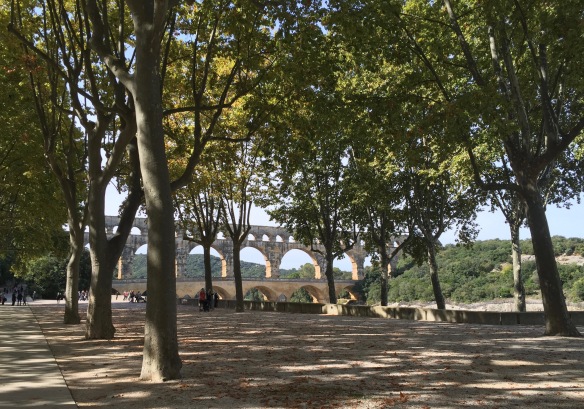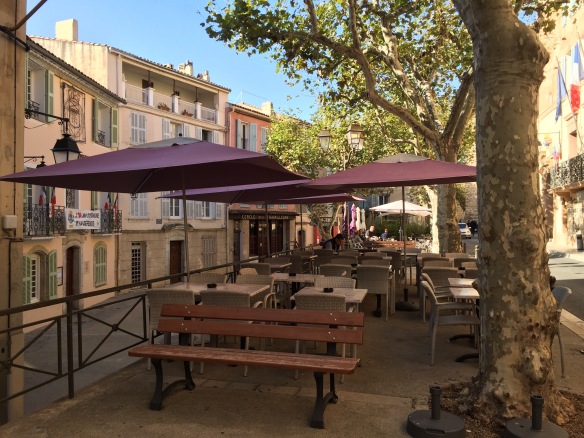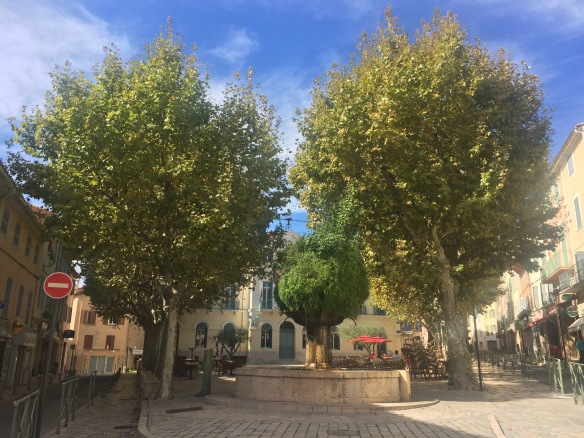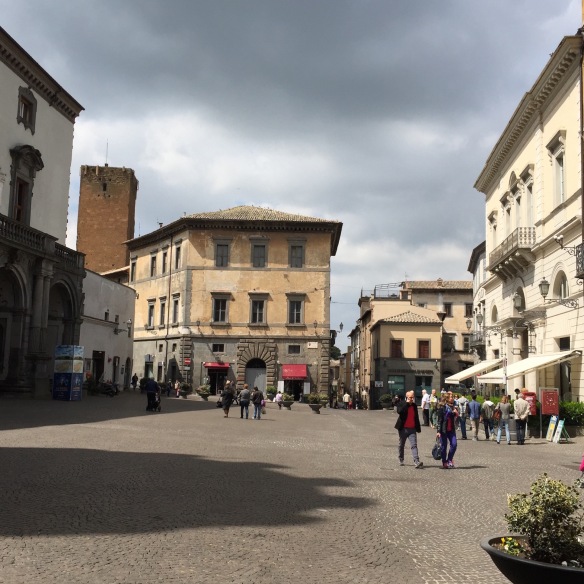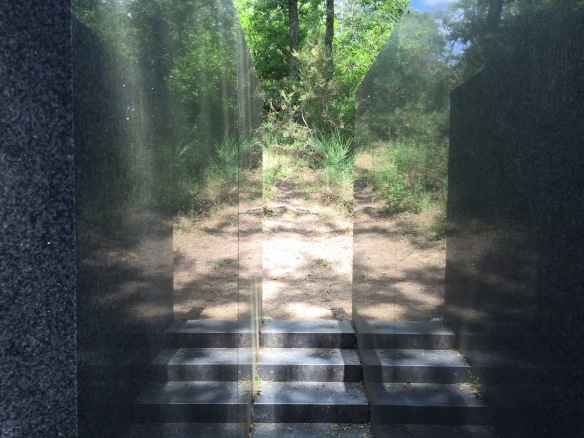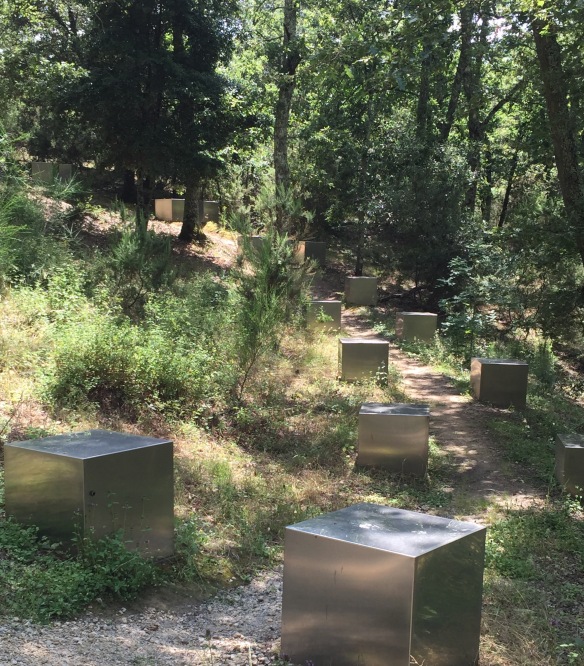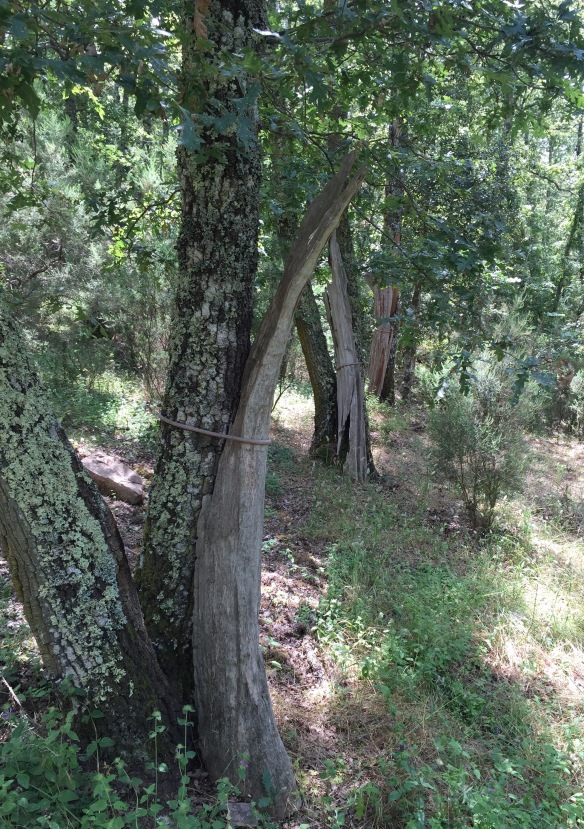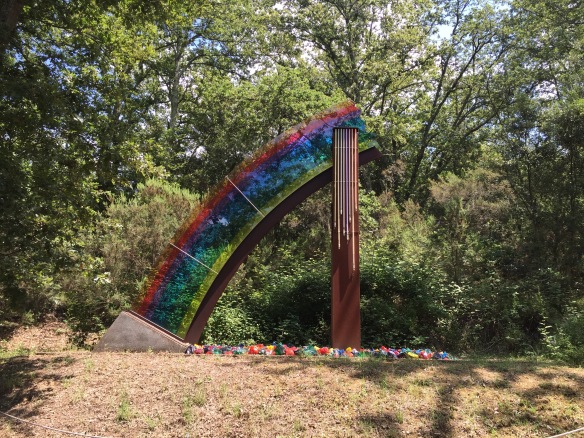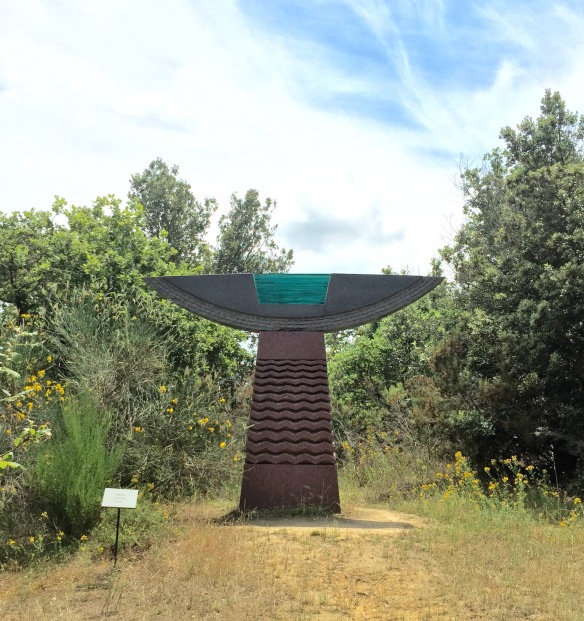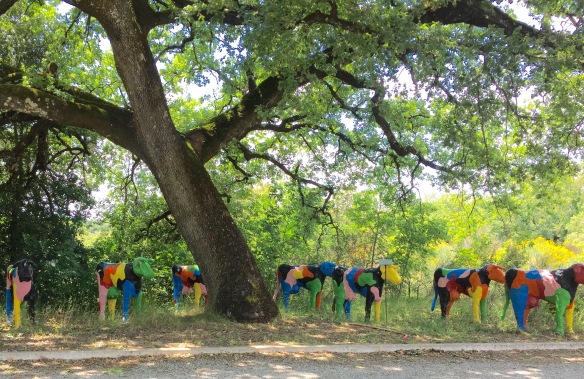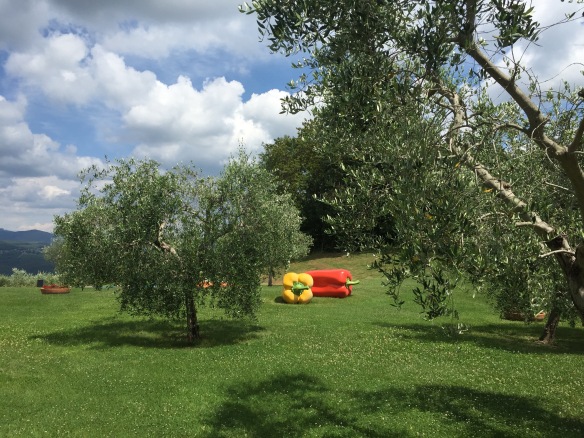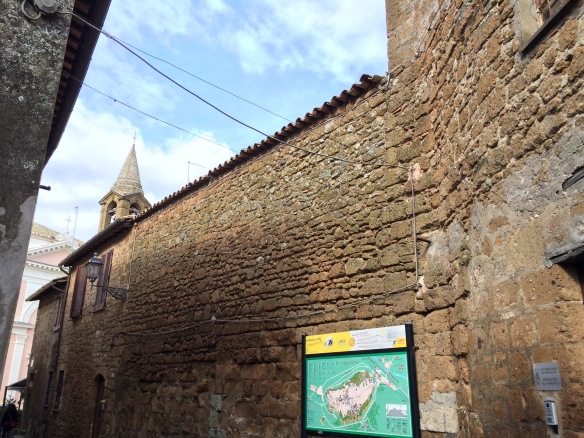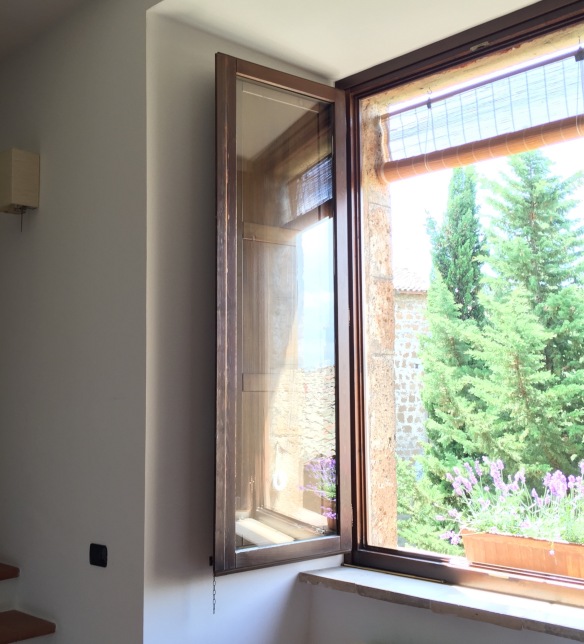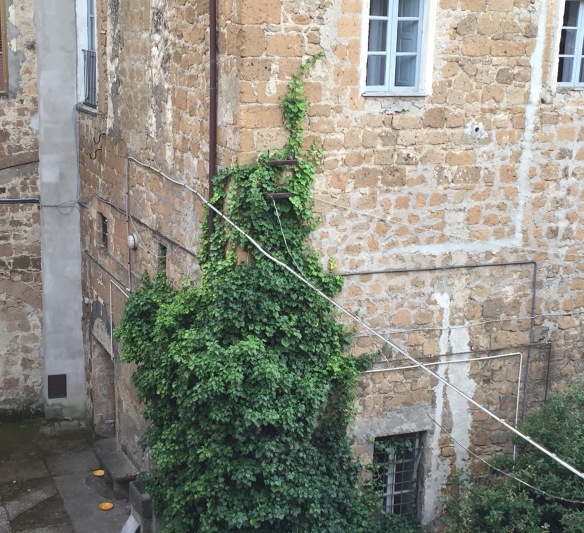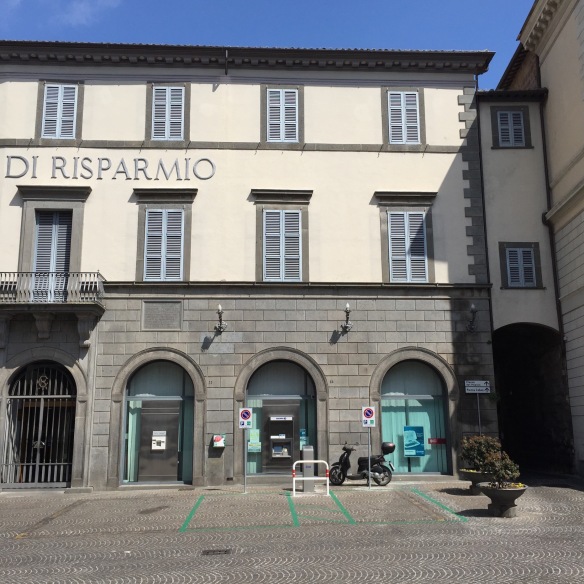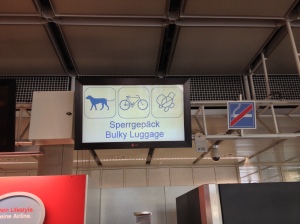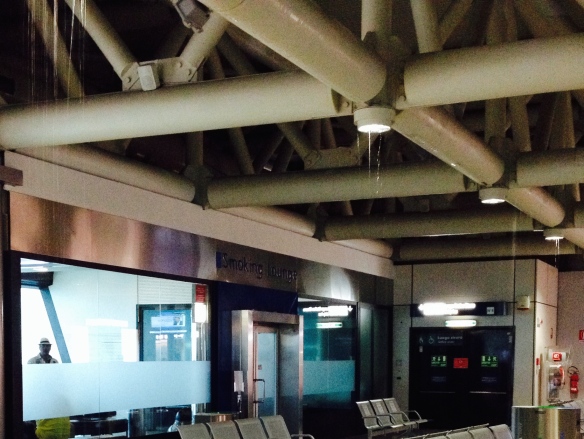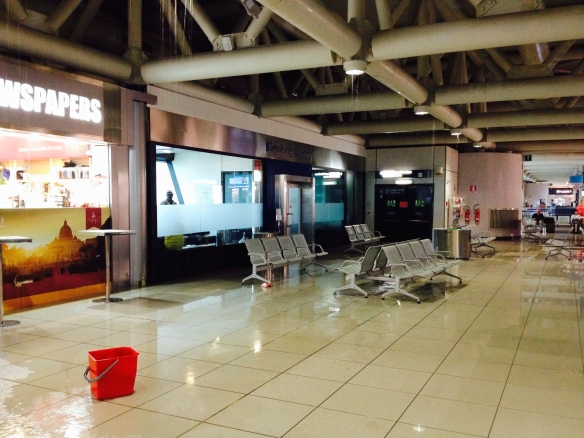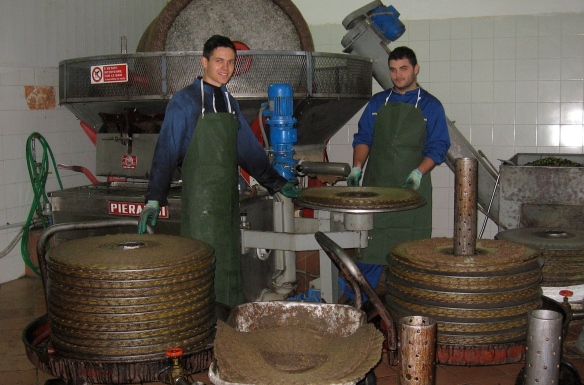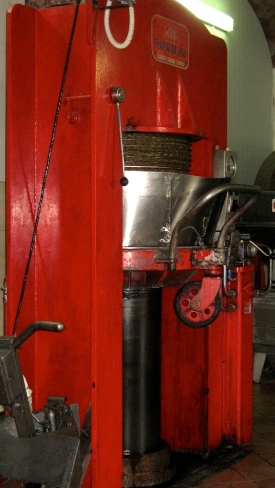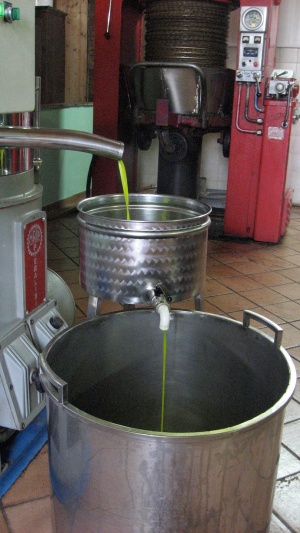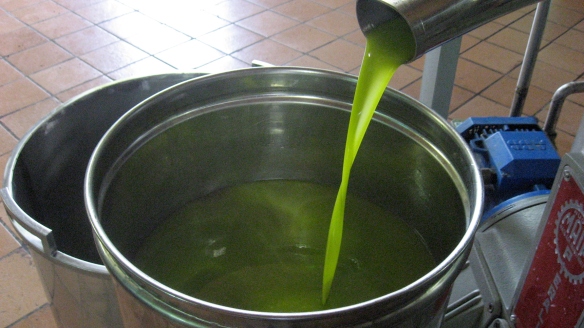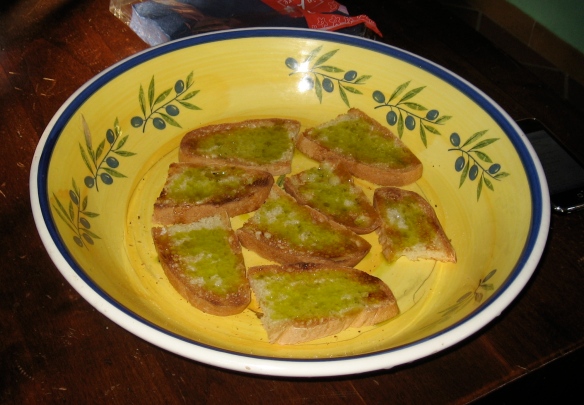Expatriate (Merriam-Webster): living in a foreign land.
When I think back at how I envisioned my life to be while staying in Italy for months at a time, “people” never played a particularly big part in any of my mental scenarios. I’m sure I expected that this many years out, my Italian would be MUCH better than it is, and I would have more Italian friends than I now have. And that might have been true had I chosen to live in a smaller town in a more remote area where if I had wanted to communicate with anyone, I would have been forced to learn their language. But Orvieto is close to just about everything, making it a great place for stranieri (foreigners) to hang out. And let’s face it: 1. fortunately for me, the most common language for all travelers these days is English; and 2. everyone automatically defaults to the language they can most easily use to discuss whatever topic they choose. (I tell anyone annoying enough to whine when the message “Presione dos para el espanol” comes on an American voice system to stop being so ethnocentric and mean-spirited, because I’d be in heaven if Telecom Italia offered that service.) The result has been a diverse array of friends and acquaintances who are much more fun than I could ever have imagined 9 years ago.
The most unifying thing we all have in common (other than English) is that we’ve chosen to be here. Usually people are where they are because they were born in the town, or moved there because of jobs — their parents’, their spouse’s or their own — or want to be near someone else who’s living there – like children and grandchildren. The closest thing I’ve seen in the US to expat life here is a vacation community, where people have decided a geographical area suits them and they move there.
What sets apart living in Italy (and probably any foreign country, for that matter) is that the stranieri are not all Americans. Here I have friends and acquaintances from England, Germany, Spain, Switzerland, Holland, Sweden, Finland, Cameroon, New Zealand, Australia, India and Canada. While some still work, most are retired. The Orvietani are not known in Italy as particularly friendly people and can consider anyone from 5 miles away stranieri. So there are also Italians who fall into the expat classification – from Rome or Venice….or the village 5 miles away….and we can add them to the mix. Stir these different origins, life experiences and perspectives together, and you really have to look hard and long to find boring conversations. In fact, if you do find one, you probably brought it with you.

True — from an international standpoint we only had 1 English and 2 Italians at this particular dinner, however the chef was from Holland, his wife was Irish/Australian and they, along with the Italian restaurant owner, were presenting us with a Thai dinner.
And again – size plays an important role in making this very pleasant social scene. Towns around our size are large enough to have attracted a critical mass of expats without being overrun by them, but are not too big to prevent the mass from ever reaching that all-important critical stage, as Rome and Milan might be.
But how do you find people to hang out with?? Well – our particular expat community is very adept at passing people along. I can trace all the people I know to one particular incident that happened in 2006 – before I even thought about living here – and the generosity of one couple – Candace and Frank – who had been introducing people to each other for years before that. All you need to do is get into a conversation with someone who looks like they know the town, and they’ll perhaps tell you about a group aperitivo gathering that evening, where someone else in the group might suggest heading to dinner after, at the end of which someone who just joined the table might suggest plans to get together that weekend for a meal in a nearby town close to the sea, after which……… You get the idea. And then one day you’ll be having un caffe and some English-speaking people — who could be from anywhere — will sit next to you and you’ll start talking and find you enjoy them, and you’ll invite them to an aperitivo gathering of friends that evening…………… And it starts all over again.

